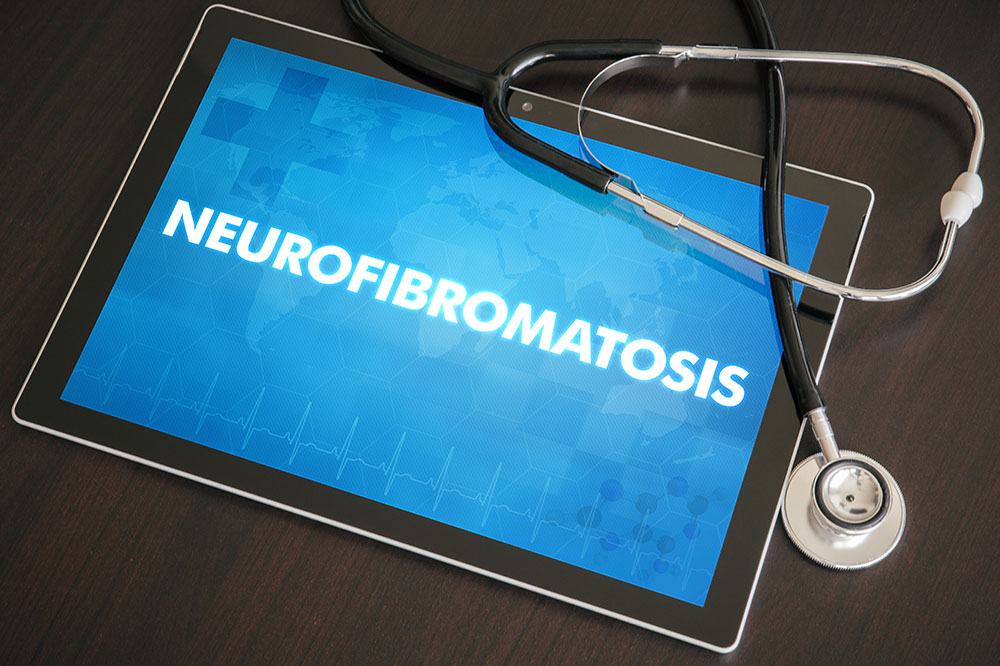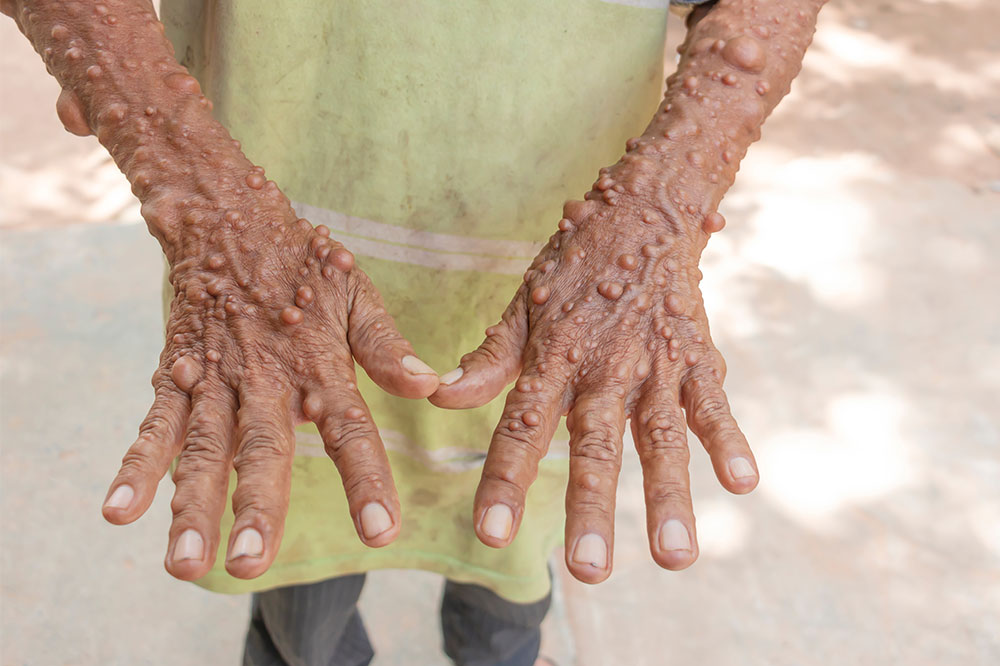Understanding Neurofibromatosis: Types, Signs, and Management Options
Neurofibromatosis is a genetic disorder with three main types, each presenting distinct symptoms such as skin spots, nerve tumors, and hearing issues. While there is no cure, various treatments like surgery and radiation help manage symptoms. Early diagnosis and customized management are essential for improving quality of life. This article provides an overview of the different forms of neurofibromatosis, their signs, and available therapies to support affected individuals.

Understanding Neurofibromatosis: Types, Signs, and Management Options
Neurofibromatosis is a hereditary disorder impacting the nervous system. It leads to the development of tumors known as neurofibromas, which can grow throughout the nervous tissue, including the brain, spinal cord, and nerves. Most tumors are benign, but some may become malignant. Genetic mutations are responsible for this condition. There are several forms of neurofibromatosis, each with distinct symptoms and treatment strategies. This article explores these types and discusses current management options available for affected individuals.
Different Types and Their Symptoms
Neurofibromatosis includes three main variants, each exhibiting unique features.
Neurofibromatosis Type 1 (NF1)
NF1 is the most prevalent form, often presenting symptoms in early childhood, sometimes soon after birth.
The symptoms of NF1 can differ among individuals. Common signs include:
Light brown skin spots called café au lait patches
Freckles appearing in the armpits or groin
Soft bumps on or beneath the skin
Small brown iris spots known as Lisch nodules
Neurofibromatosis Type 2 (NF2)
NF2 is less widespread but more severe than NF1. Symptoms often develop during late adolescence. It causes tumors called acoustic neuromas on nerves connecting the brain to the inner ear.
This can result in:
Gradual hearing loss
Tinnitus or ringing in the ears
Balance issues
Numbness and weakness in limbs
Schwannomatosis
This rare variant typically manifests between ages 25 and 30, with tumors forming on cranial, spinal, and peripheral nerves. Symptoms include:
Persistent, intense body pain
Weakness or numbness in various body parts
Muscle loss
Management Strategies
Although a cure for neurofibromatosis remains unavailable, various treatments help alleviate symptoms. Key options include:
Operative Interventions
Surgical procedures aim to remove tumors or reduce their size, often improving symptoms. For NF2, tumor removal may restore hearing or reduce nerve pressure.
Targeted Radiation Therapy
Stereotactic radiosurgery is a precise radiation technique used to target neuromas, minimizing damage to surrounding tissue.
Some signs, like café au lait spots, typically require no specific treatment but are monitored for changes. Medical management is tailored to each patient’s needs.
Important Notice:
The information provided here is for educational purposes only. It is not a substitute for professional medical advice. Always consult qualified healthcare providers for diagnosis and treatment options. Use discretion and seek expert guidance when dealing with health conditions.










